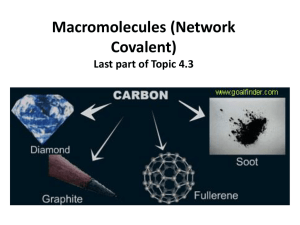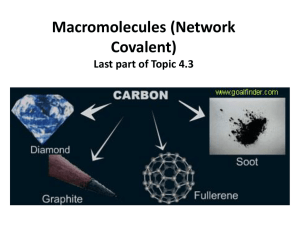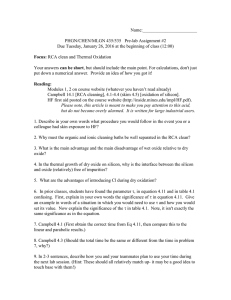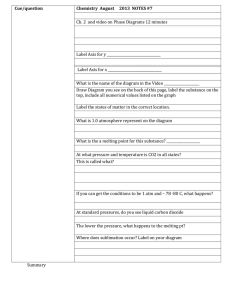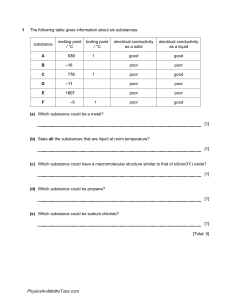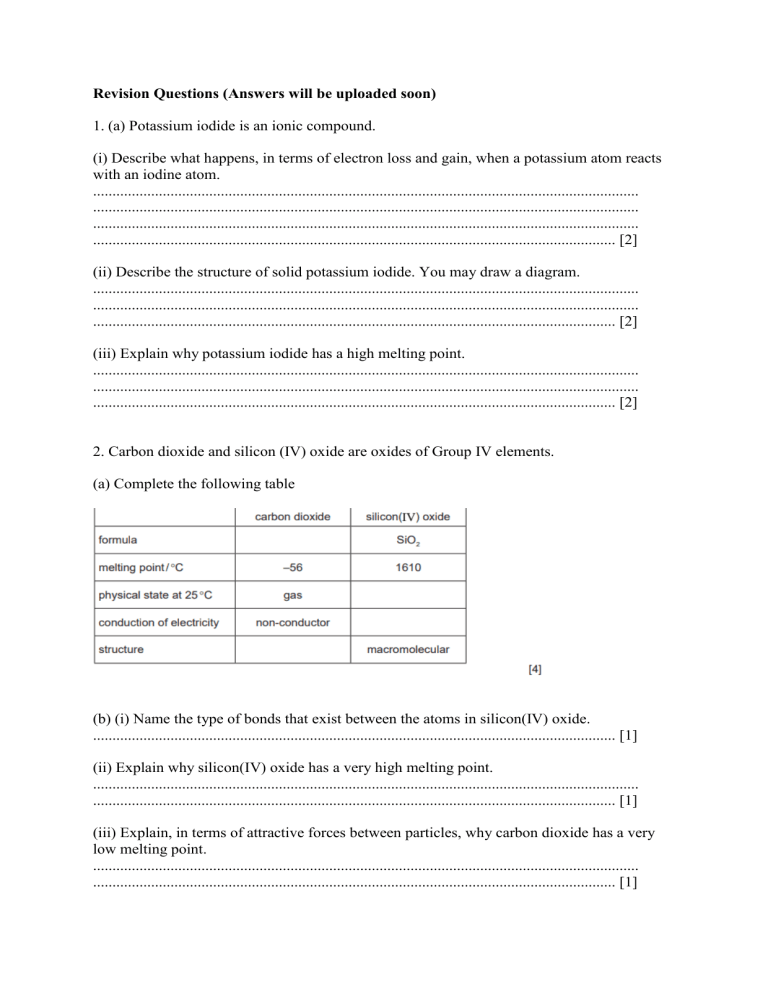
Revision Questions (Answers will be uploaded soon) 1. (a) Potassium iodide is an ionic compound. (i) Describe what happens, in terms of electron loss and gain, when a potassium atom reacts with an iodine atom. ............................................................................................................................................. ............................................................................................................................................. ............................................................................................................................................. ....................................................................................................................................... [2] (ii) Describe the structure of solid potassium iodide. You may draw a diagram. ............................................................................................................................................. ............................................................................................................................................. ....................................................................................................................................... [2] (iii) Explain why potassium iodide has a high melting point. ............................................................................................................................................. ............................................................................................................................................. ....................................................................................................................................... [2] 2. Carbon dioxide and silicon (IV) oxide are oxides of Group IV elements. (a) Complete the following table (b) (i) Name the type of bonds that exist between the atoms in silicon(IV) oxide. ....................................................................................................................................... [1] (ii) Explain why silicon(IV) oxide has a very high melting point. ............................................................................................................................................. ....................................................................................................................................... [1] (iii) Explain, in terms of attractive forces between particles, why carbon dioxide has a very low melting point. ............................................................................................................................................. ....................................................................................................................................... [1] (iv) Explain, in terms of particles, why carbon dioxide is a non-conductor of electricity. ............................................................................................................................................. ....................................................................................................................................... [1] 3. Two macromolecular forms of carbon are graphite and diamond. The structures of graphite and diamond are given below. (a) Explain in terms of its structure why graphite is soft and is a good conductor of electricity. .................................................................................................................................................... .................................................................................................................................................... .................................................................................................................................................... .................................................................................................................................................... .............................................................................................................................................. [3] (b) State two uses of graphite which depend on the above properties. It is soft ...................................................................................................................................... .................................................................................................................................................... It is a good conductor of electricity ............................................................................................ ................................................................................................................................................ [2] (c) Silicon(IV) oxide also has a macromolecular structure. (i) Describe the macromolecular structure of silicon(IV) oxide. ............................................................................................................................................. ....................................................................................................................................... [1] (ii) Predict two physical properties which diamond and silicon(IV) oxide have in common. ............................................................................................................................................. ....................................................................................................................................... [2] 4. The table shows the melting points, boiling points and electrical properties of five substances, A to E. Choose a substance from the table above to match each of the following descriptions. A substance may be used once, more than once or not at all. Justify each choice with evidence from the table. One has been completed as an example. This substance is covalent and is a solid at room temperature (25 °C) ……D..... evidence.....Its melting point is above room temperature. It has a low melting point and it does not conduct as a liquid, so it is covalent….. (a) This substance has a giant covalent structure. .................. evidence .................................................................................................................................... .............................................................................................................................................. [3] (b) This substance is a metal. .................. evidence .................................................................................................................................... .............................................................................................................................................. [2] (c) This substance is a liquid at room temperature (25 °C). .................. evidence .................................................................................................................................... .............................................................................................................................................. [3] (d) This substance is an ionic solid. .................. evidence .................................................................................................................................... .............................................................................................................................................. [3] 5. Use your copy of the Periodic Table to help you answer these questions. (a) Predict the formula of each of the following compounds. (i) aluminium fluoride ........................................................................................................[1] (ii) arsenic oxide ................................................................................................................ [1] (iii) silicon bromide ............................................................................................................[1] (b) Deduce the formula of each of the following ions. (i) phosphide ..................................................................................................................... [1] (ii) barium ......................................................................................................................... [1] (iii)francium ..................................................................................................................... [1] (c) Draw a diagram showing the arrangement of the valency electrons in one molecule of the covalent compound carbon dioxide. Use x to represent an electron from a carbon atom. Use o to represent an electron from an oxygen atom. [3]


